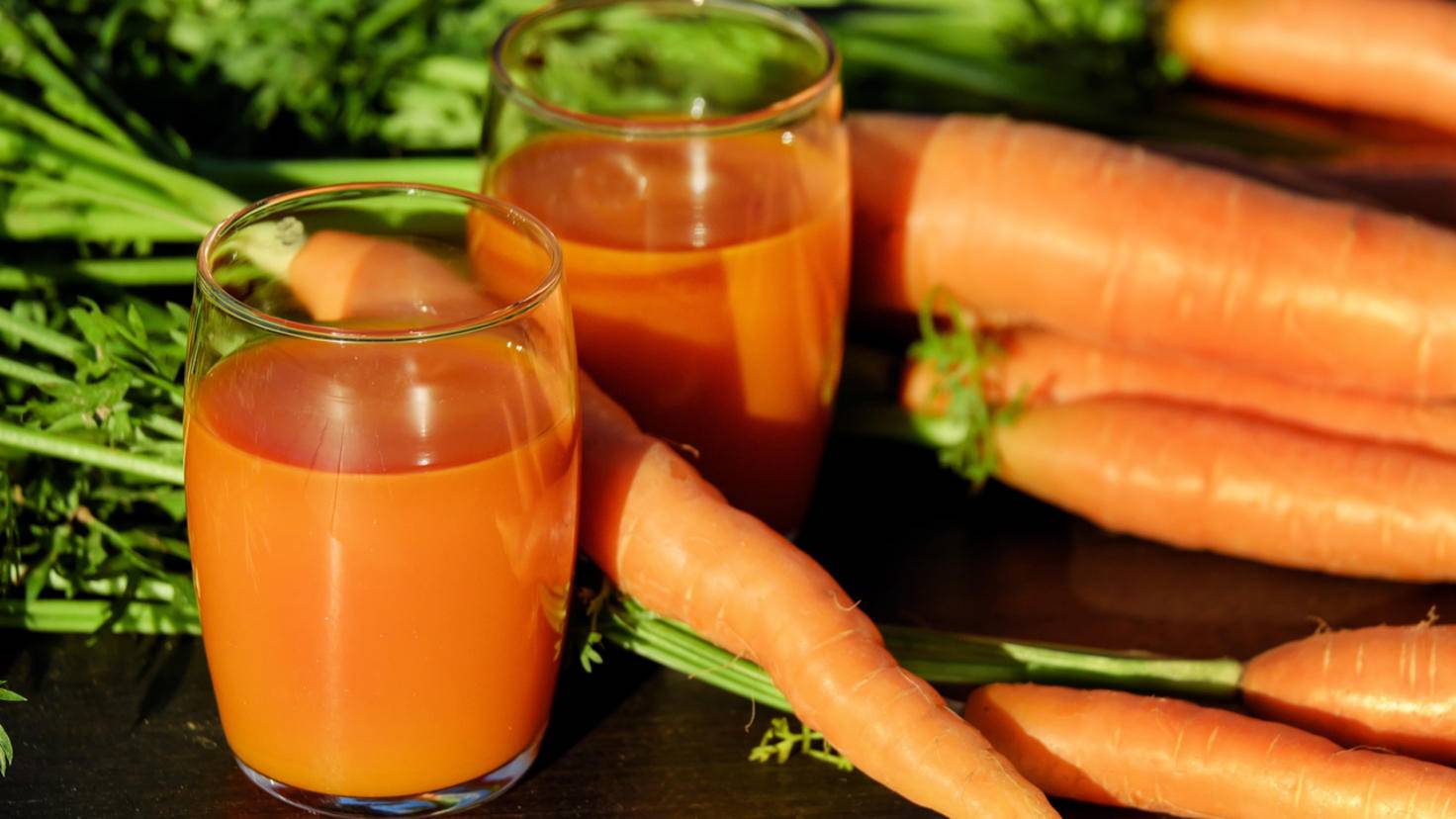Juicers in comparison: ways to extract juice

To start the day healthy, more and more people are buying juicers. After all, it has long been known that the supposedly fresh fruit juices from the supermarket are often full of artificial additives. So if you want to know what exactly you’re drinking, it’s better to get your own juice. You can find out here what types of juicers there are and what you need to know about them.
Not all juicer are suitable for all types of fruit and vegetables. You should therefore think carefully beforehand about which ingredients you want to use most frequently when making juice. Do you only tend towards soft ingredients like kiwi or oranges or rather hard ones like carrots or apples? Do you only want one or two glasses of juice for breakfast or would you like to extract as much juice as possible and store it longer? Depending on the answers to these questions, a different type of juicer is recommended.
Hot juicing with steam juicers
Do you want your juice to have a long shelf life because you want to produce and store it in large quantities? Then hot juicing with a steam juicer is the right method for you. It uses steam to draw the water out of the fruit inside. As the device heats the liquid, it becomes sterile and you can then store it for a longer period of time. In this way, the maximum amount of juice is obtained, but on the other hand many vitamins are lost through heating.
Cold Juicing: Centrifuge vs. Juicer

If you like to process hard fruit and vegetables, a centrifugal juicer can be an option.
Image: © Pexels 2017
Alternatively, you can juice vegetables and fruit raw. Although less juice is produced, vitamins and nutrients are largely retained. Both centrifuges and juicers are suitable as juicers for this method. The latter are often referred to as called Slow Juicer.
When juicing with the centrifuge, the filled vegetables and fruit are first grated. The liquid is then separated from the solid pomace by centrifuging and passed through a sieve into an extra container or directly into the glass.
- The advantage: Centrifugal juicers often process hard ingredients and large pieces without any problems and quickly deliver the desired result.
- The disadvantage: Swirling creates foam as there is a lot of oxygen getting into the juice. In addition, particularly cheap devices can reach high noise levels during operation.
A juicer is much quieter. In contrast to centrifuges, juice presses crush the filled fruit with an auger or rollers.
- The advantage: Pressing is much quieter. In addition, less air gets into the juice.
- The disadvantage: As the name Slow Juicer suggests, extracting juice takes a little longer with this type of juicer. In addition, the hard ingredients in particular should be cut into small pieces before being poured into the juicer.
Choose the juicer based on how much juice you consume
In terms of price, the following generally applies: centrifuges are cheaper than juice presses. This confirmed Stiftung Warentest. For beginners, a centrifugal juicer for around 100 euros is usually enough, but if you want to use your juicer frequently or daily, you should dig a little deeper into your wallet, according to the testers’ endurance test.
summary
- Steam juicers are particularly suitable if you want to extract a lot of juice and store it for a long time.
- Cold juicing preserves more vitamins, but results in less juice.
- Both centrifuges and juicers are suitable for cold juicing.
- Centrifuges often process whole fruit and large pieces, but are noisier.
- Juice presses or slow juicers are quieter, but slower – and the ingredients have to be crushed.
- If the juicer is to perform well in continuous use, it is worth purchasing a device from a higher price range.
Reference-www.turn-on.de
